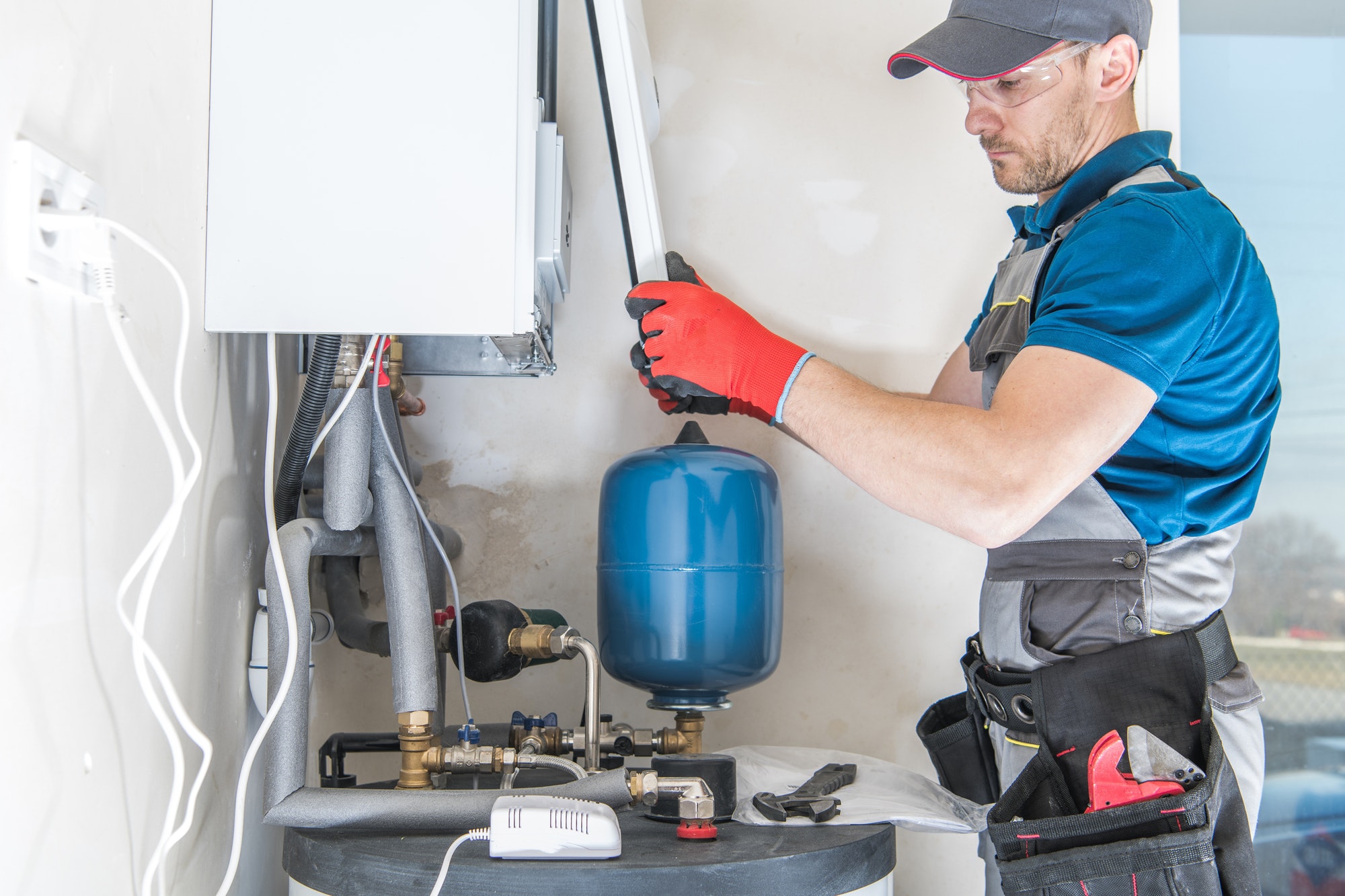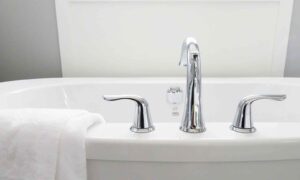The past few years have seen furnace technology advance by leaps and bounds, in terms of both energy efficiency and heating power. Once you make the crucial decision to invest in an upgrade, you’ll likely start noticing the difference in your monthly bill almost immediately. Of course, not everyone shopping for a furnace does so by choice, but mechanical failures caused by aging equipment mean that, eventually, every homeowner has to start thinking about buying a new furnace.
Whether you have made the choice to upgrade on your own or the decision has been made for you by the antiquated model in your basement, it’s important to do your research before making any purchases. All of the recent advances in technology mean that you have more options than ever before, and all of those choices can often prove overwhelming if you’re unsure about where to start. In this article, we’ll advise you on some of the best practices when you’re shopping for a new furnace.
Make Sure You Have the Right-Size Furnace for Your Home
These days, most technology seems to come in just about any size you can imagine. Take televisions, for example: you can watch your favorite programs on screens small enough to fit within your pocket or on ones large enough that they take up an entire wall. Although perhaps not to the same extreme, the same is true for furnaces: they now boast a range of sizes that can be small enough to be used in a single room or large enough to heat an entire building.
When it comes to furnaces, it’s important to have the correct size furnace for your building. Otherwise, you won’t be able to take full advantage of the energy efficiency boasted by newer models. A furnace that is too small for the space it’s in will have to expend a great deal of extra energy to achieve your desired temperature. On the other hand, one that is too large will burn far more fuel than is necessary to perform its job. In either case, the wrong furnace size will end up costing you money in the long run.
To choose the right-sized furnace, you’ll need to know the square footage of your home (or at least, the area you are planning to heat). A furnace puts out a certain amount of BTUs, which stands for British Thermal Units and is a measurement of heat. As a general rule, you will want a furnace that outputs about 30 BTUs per square foot of the home. So, for example, a home that has an area of 2,000 square feet will probably need a furnace that has an output of around 60,000 BTUs.
It’s Worth It to Spend More on a More Efficient Furnace
When we use the term “energy efficiency” with regard to furnaces and other types of heating or cooling technology, what we’re actually referring to is the amount of energy it takes to perform the same task. A furnace that is more efficient will require a good deal less energy to get your home to the temperature you desire. Less energy used means you, the consumer, spend less money on your energy bill.
Modern furnaces have multiple methods of conserving energy. The fuel source that’s used is the most obvious one. Some fuels are more efficient than others. Natural gas burns extremely hot, so you need less of it to generate more BTUs, making it one of the most efficient fuel sources. On the other hand, electricity is an extremely inefficient fuel source because you have to use so much of it to get your home to a desired temperature.
New technology has also allowed some furnaces to use the heat energy they do generate more effectively. For example, some now come equipped with methods of capturing waste heat and squeezing more BTUs out of it, rendering them as much as 96 percent efficient or more.
Of course, these more efficient furnaces will also be more expensive to purchase, but that’s only the up-front cost. Over time, you’ll find that a more efficient furnace uses vastly less energy and can greatly reduce your monthly costs. For this reason, you should consider a more efficient furnace to be an investment: one that costs more in the beginning but can save you money in the long run.
Get a Furnace That Matches Your Lifestyle
We know what you’re thinking: how can a furnace match your lifestyle if its only job is to provide heat? Well, when it comes to saving money, modern furnaces have a few more tricks up their sleeves that go beyond simple energy efficiency.
What do we mean by this? Well, for example, you could consider installing a zoned furnace. In HVAC, zoning means dividing your home up into separate areas that can be heated separately. Usually, this is done through the use of metal dampers installed in the ductwork of a building. These dampers can be opened or shut, depending on the need, and can cut off the flow of heat in areas where it’s not needed. If there’s a room that no one occupies at a certain time of day, why spend money on heating it?
Similarly, different rooms can be heated to different temperatures. So if members of a household disagree on their heating preferences, they can simply retreat to their own zones and set the thermostats separately. Companies like Entek HVAC provide both the materials and installation necessary for HVAC zoning.
Another way to heat different areas of a home to different temperatures—and to maximize efficiency in the process—is to use a heat pump instead of a more traditional furnace. While they’re generally small and only effective in smaller areas, they don’t require a fuel source at all. Instead, they use the same technology as an air conditioner does to transfer heat from one area to another. In doing so, they can absorb heat energy from the outside environment and vent it into the home, rather than burning fuels to generate it. If you still have any questions about buying a new furnace, reach out to an HVAC expert. Experienced contractors like Entek can help you find the right unit for your space and get it installed properly so your home stays comfortable in even the coldest months.








